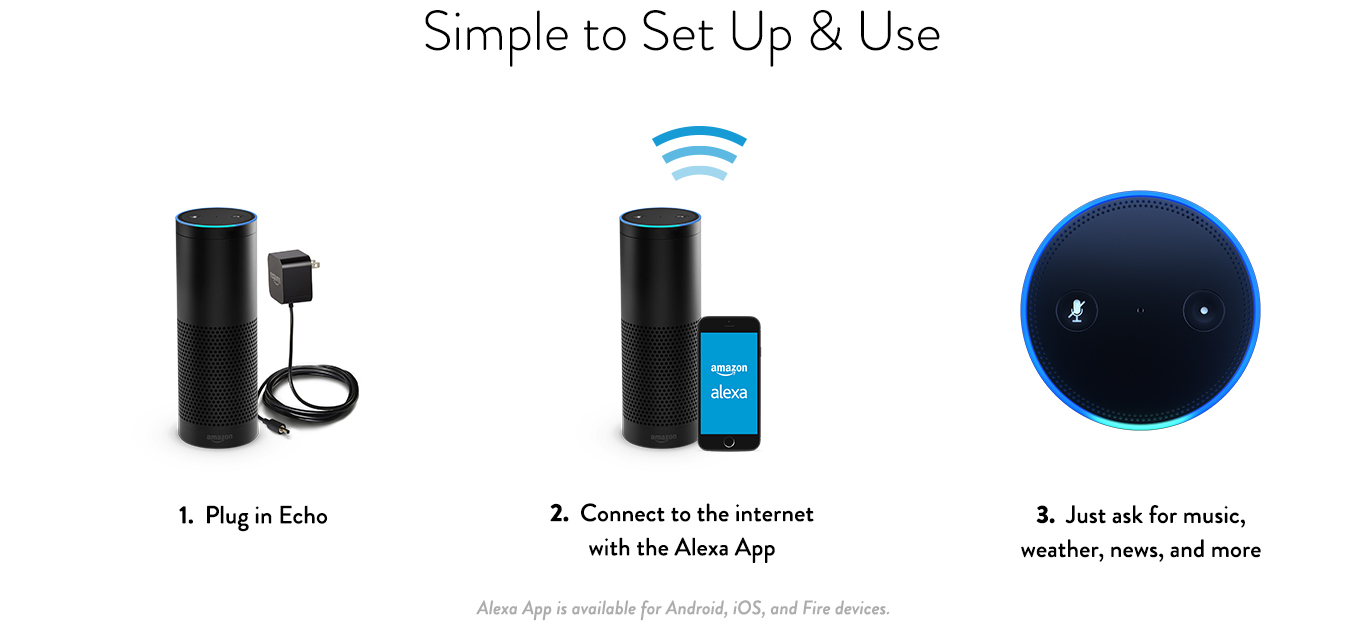Amazon Alexa
Founded design org and voice model; launch beat forecast 10×, with industry-leading ratings
Defining the User Experience for a New Product Category
- Role: Senior Design Manager, hands-on design leadership
- Goal: Define product strategy and user experience to establish new product category
- Stakeholders: CEO, Head of Devices, VP Head of Alexa, PM Director, Eng Director, ASR/NLU/TTS/App teams, Marketing, ID, Partner App teams
Being part of the cutting-edge Alexa team, collaborating with speech scientists and engineers to define a new consumer product category, aligned perfectly with my background in innovation and interaction design. My responsibilities included establishing a design and user research team and defining the overall user experience. Additionally, I played a key role in shaping the feature set and marketing strategy.
Impact
- Built foundational design organization and scalable processes across product design specialties, establishing framework for large-scale design operations
- Directed design strategy for multimodal voice interaction model and customer experiences, collaborating with CEO leadership to deliver market-leading product
- Sold 10x forecast in first year (1M vs 100k forecasted)
- Developed design systems and frameworks scaling to 600M devices
- 4.4 star average rating (above industry standard)
1. Building Market-Leading Experiences
Challenge
How do we define the right use cases for a new product category?
- No existing user behaviors to reference for voice-first devices
- Need to identify high-value scenarios that justify adoption
- Balance technical constraints with user needs
- Create focused launch strategy from infinite possibilities
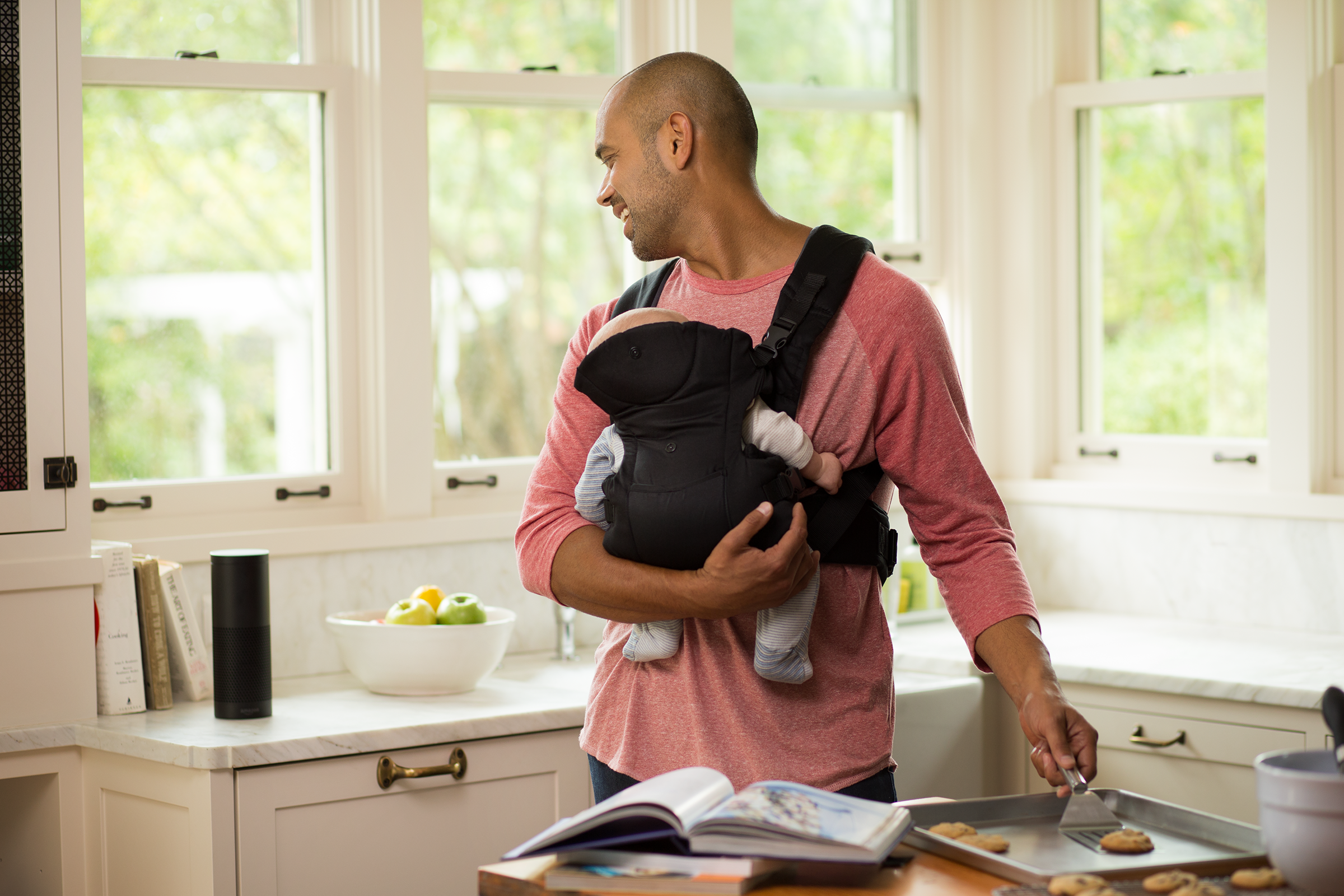

Strategic Approach
I developed a structured design process to guide the team’s thinking, directed user research to inform key decisions, and led creation of iterative prototypes to evaluate targeted experiences internally and with a beta user pool. I regularly discussed the envisioned user experience with leadership to align on the product vision and strategy.
- Cross-Functional Collaboration: Partnered with CEO Jeff Bezos, engineering, and product teams to align on strategic design decisions
- User-Centered Prioritization: focus group sessions and alpha pool
- Rapid prototyping: Developed new fast design prototyping methods that delivered high fidelity artifacts
- Technical Feasibility Assessment: Used Agile methods to collaborate with engineering and validate design feasibility before full implementation
User Research
Working in the emerging medium of voice, we developed tools to create realistic design explorations. One key example was video sketches, which were created before the relevant Alexa services were live. These sketches enabled us to explore design opportunities and provide clear guidance to the engineering team. By leveraging these videos, we successfully proposed features and secured alignment within the team.
- Conducted focus groups discussing product configurations and use
- Set up internal Alpha pool to evaluate usage of alpha-released features
- Conducted 400-participant needs and habits survey
- Collected feedback from usability studies
Key Findings
- A limited set of high value use cases emerged
- Users preferred kitchen related use cases
- Users preferred use cases that could be completed with a single command
Solution
Use Case Framework:
- Created systematic framework mapping technical capabilities to user needs
- Defined 3 core categories: Entertainment, Utilities, Knowledge
- Prioritized kitchen/living room contexts based on user research
- Selected launch use cases: Music, Weather, News, Shopping Lists, Timers & Alarms, Q&A
Impact
- Influenced Bezos, who wanted full assistant, with data-driven storytelling to launch with high value well-crafted subset first
- Prioritized engineering Agile backlog based on use case prioritization
- Enabled successful launch with adoption of 10x forecast (1M in Y1)
- Impacted Platform Strategy for category; 10+ years later, still top use cases for Alexa (pre-Alexa+)
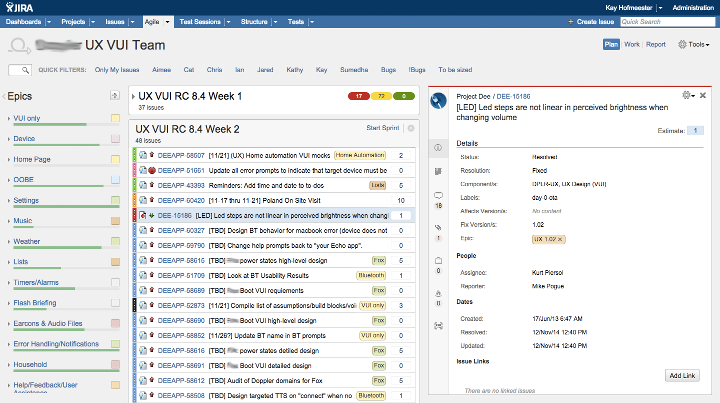
2. Voice of Alexa
Challenge
Creating Alexa's Voice Identity:
- Define personality for entirely new voice assistant category
- Balance approachability with authority and competence
- Select optimal voice from thousands of candidates
- Create scalable voice guidelines for global product
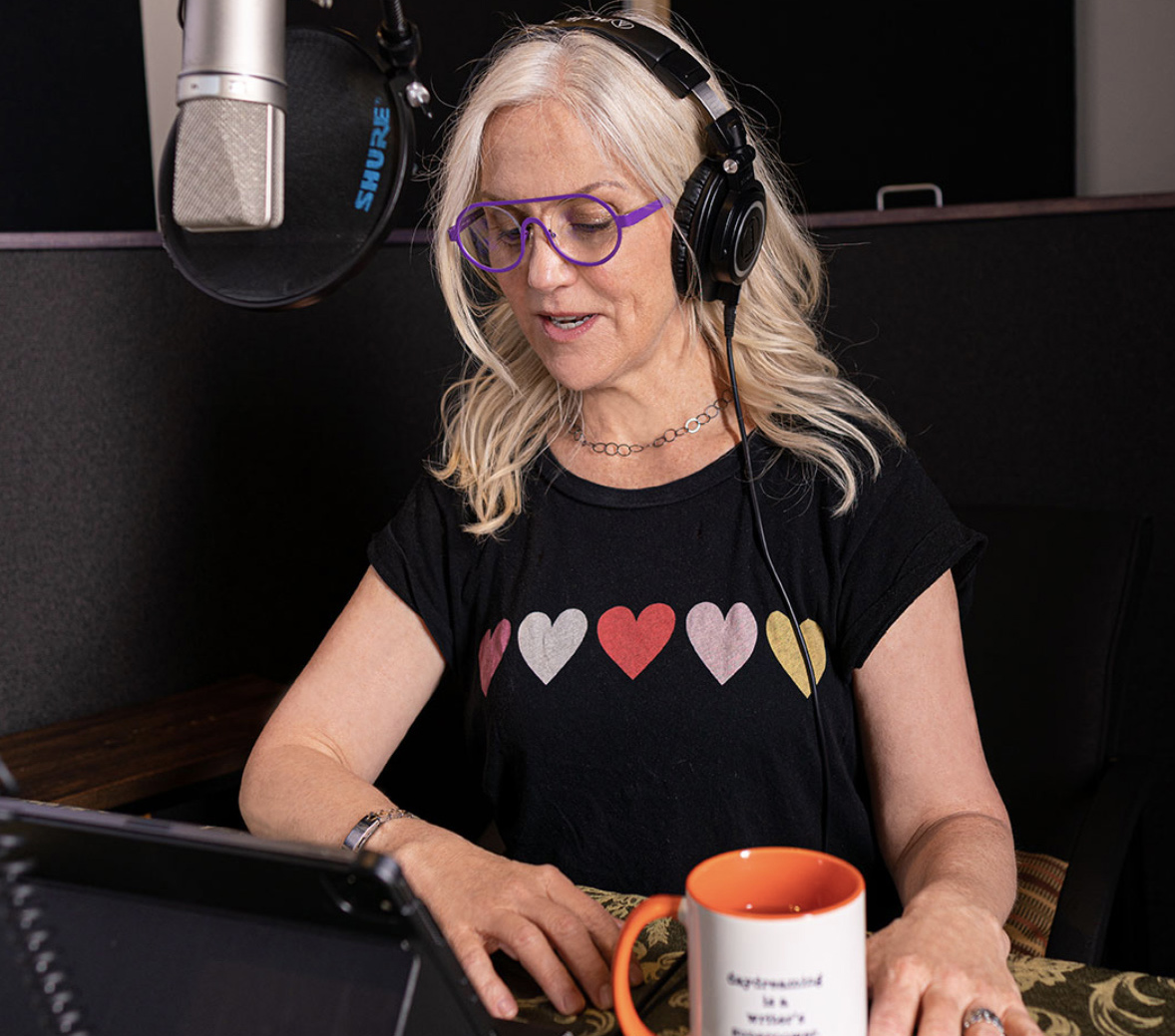
Voice Development Process
- Personality Framework: Used OCEAN model to define voice characteristics
- Talent Selection: Evaluated 100+ voice actors against personality criteria
- Quality Validation: Partnered with 3rd party for voice quality assessment
- Technical Optimization: Collaborated with engineering on prosody and naturalness
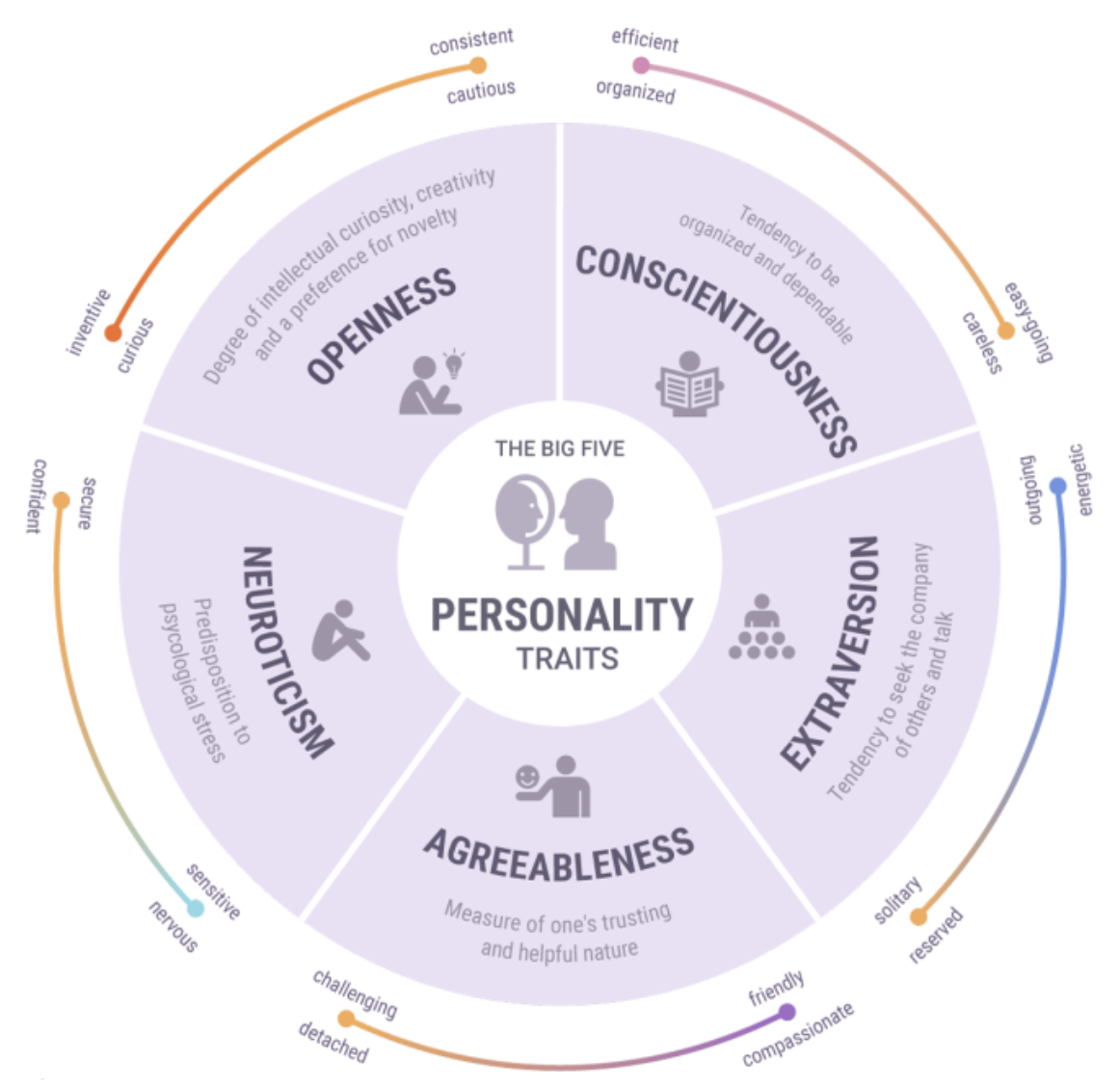
Solution
Voice System Delivered
- Personality: Friendly, helpful, with appropriate authority
- Technical Achievement: Dramatically improved naturalness through longer and more expressive recorded phrases
- Guidelines: Created detailed conversational principles for consistent experience
- Quality: Industry-leading voice in naturalness at launch
before
after
Impact
- Voice received high ratings in user testing
- Was most natural voice in the industry for several years
- Became part of the Alexa brand
- Voice is still default voice after 10+ years (pre-Alexa+)
- Early Echo reviews often singled out the voice as “warm and conversational”, part of why Echo netted 66 % 5-star ratings at launch

3. Voice User Interface
Challenge
The Alexa UX team I led was tasked with creating a new type of user interface: a voice interaction system for a hands-free device. During the prototyping and development phase, I collaborated closely with multiple teams of speech scientists to define the voice design, refine voice interactions, and establish guiding principles for automated speech recognition (ASR) and natural language understanding (NLU).
Designing conversation for voice-first interaction
- Create natural dialogue patterns for ambiguous voice requests
- Balance user efficiency with accuracy when Alexa isn't sure
- Handle technical limitations while maintaining conversational feel
- Scale conversation design across diverse use cases

Strategic Approach
- User Research & Validation: Conducted alpha user studies to validate product-market fit and interaction patterns
- Cross-Functional Collaboration: Partnered with CEO, PM, and eng on strategic design decisions
- Design Principles: Established interaction tenets focused on conversational efficiency and contextual intelligence
- Iterative Refinement: Used Weekly Business Reviews and user feedback to optimize pre-launch experience
VUI Tenets
- We will encourage customers to use clear and conventional language to express their intents, to enable more successful interactions.
- Alexa will be biased towards completing a task without asking for more information.
- Alexa will ask questions in a manner that guides the customer’s request to completion.
- Alexa remembers the context of a conversation.
- When Alexa is wrong, the user will be able to easily and quickly correct her.
- Strengths of the GUI complement the limitations in the VUI experience.
Research Findings
User Conversation Preferences:
- Short, confirmatory conversations emerged as optimal interaction model
- Users prefer slot-specific questions to intent-related questions
- Users don’t mind an extra conversation turn to get the right result
Quote: "I like when she confirms her understanding, rather than doing something and me having to correct"
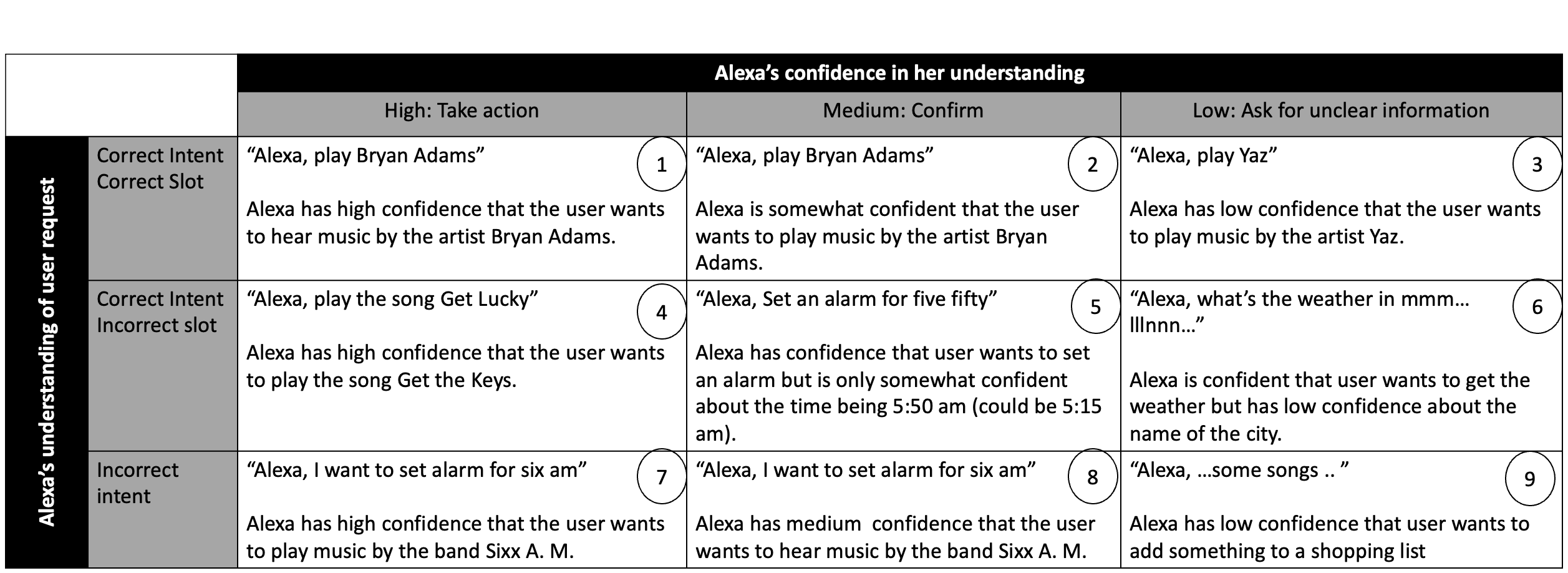
Core Principles for Voice Interaction
- Encourage customers to use clear and conventional language, enabling more successful interactions
- Bias towards completing a task without asking for more information
- Ask questions that guide the customer’s request to completion
- Remember the context of a conversation
- When Alexa is wrong, the user can easily and quickly correct her
- Strengths of GUI complement the limitations in VUI
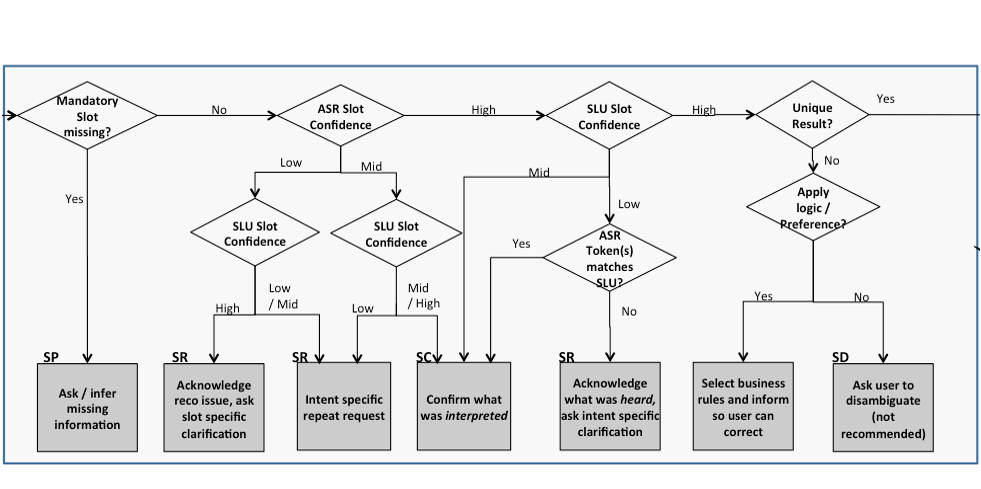
Solution
Conversation Framework Delivered:
- Probabilistic Flows: Designed adaptive responses based on confidence levels
- Disambiguation Patterns: Created systematic approaches for unclear requests
- Error Recovery: Built correction flows that maintain conversational momentum
- Scalable System: Framework adopted across all Alexa skills and use cases
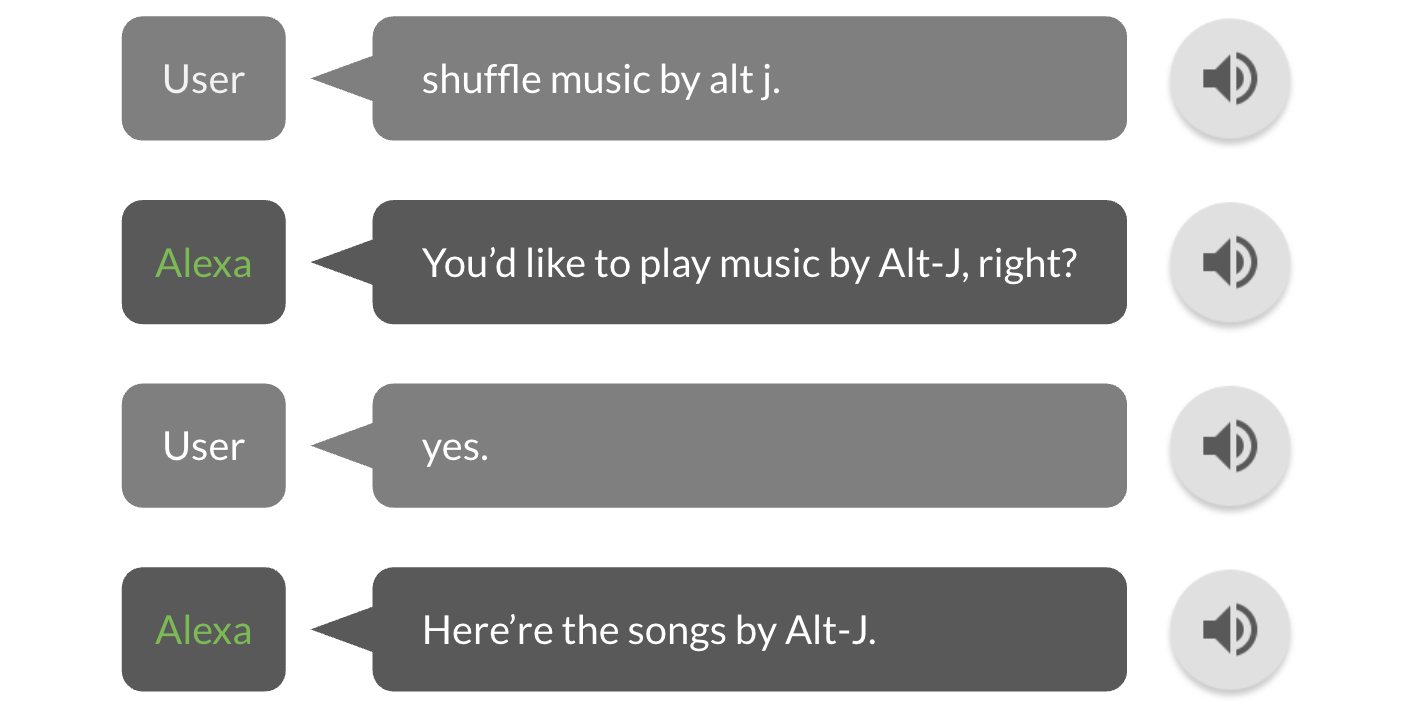
Impact
- Company-wide Design Standards: Established principles adopted across all Alexa experiences for consistent user experience
- Business Growth: Supported 10x adoption forecast through optimized interaction patterns
- Launch Success: Delivered highly-rated user experiences with fast error recovery
- Scalable Framework: Enabled consistent experience across diverse Alexa use cases
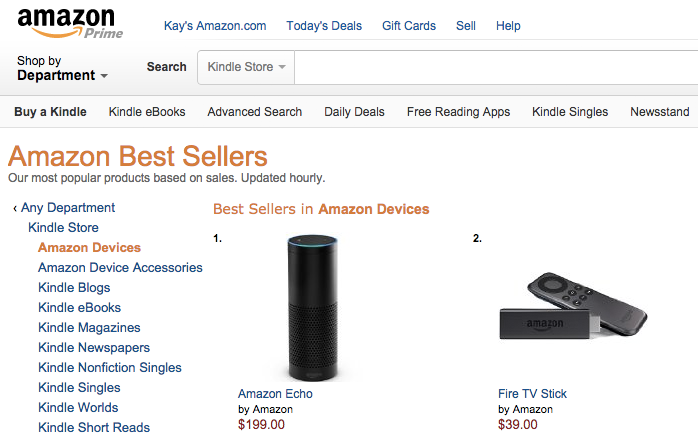
4. Device Set-Up
Challenge
Eliminating Setup Friction:
- Original setup: 10+ minutes with high failure rates
- Challenge: Connect headless device to phone, then WiFi
- Goal: Minimize technical knowledge required for setup
- Stakes: Setup failure = immediate product abandonment
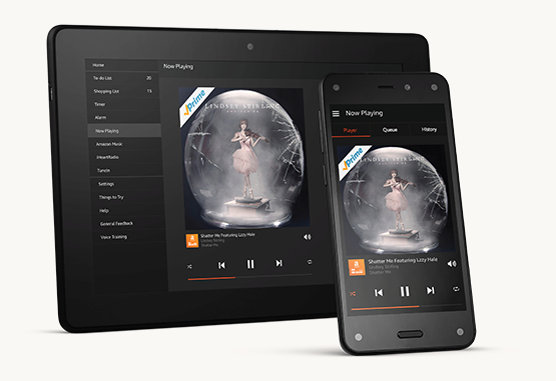
Failure Point Analysis
Critical Failure Points Identified:
- Phone-to-device connection was biggest barrier
- Users confused about process steps and progress
- WiFi handoff frequently failed
- No clear feedback when things went wrong
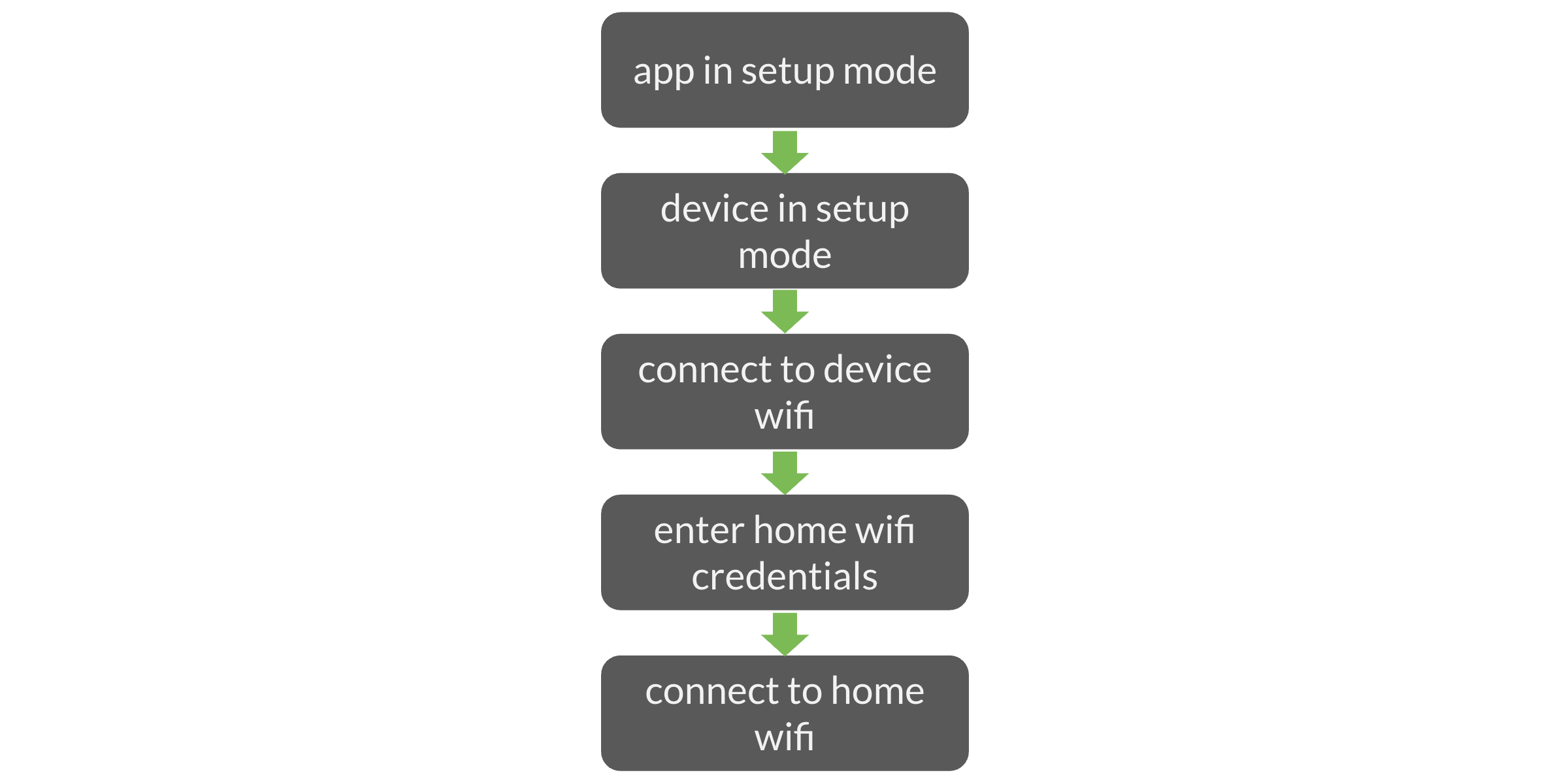
Solution
Streamlined Setup Experience:
- Systematic failure elimination: Addressed each identified pain point
- Clear visual guidance: Step-by-step mobile app with device light ring feedback
- Real-time feedback: Engineering integration for connection status
- Result: Reduced setup time from 10+ minutes to under 3 minutes
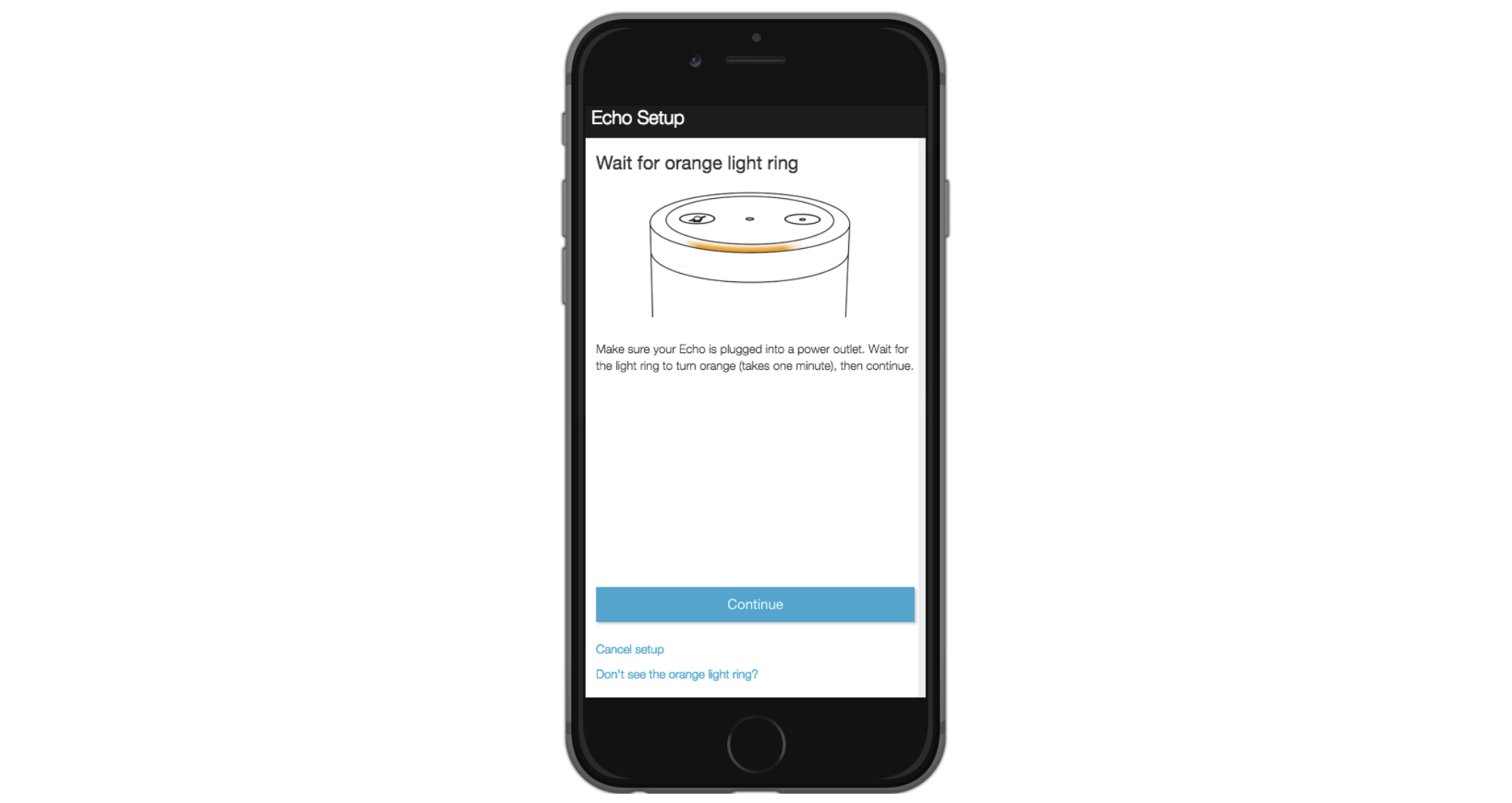
Impact
Setup Success Metrics:
- Dramatically increased user satisfaction
- Reduced OOBE failure rate, enabling mass adoption at scale
- Setup time: Reduced from 10+ minutes to under 3 minutes
- Customer satisfaction: 4.4 app store rating, 66% 5-star reviews
- "Setting up the Echo is very easy." - ZDNet Review
